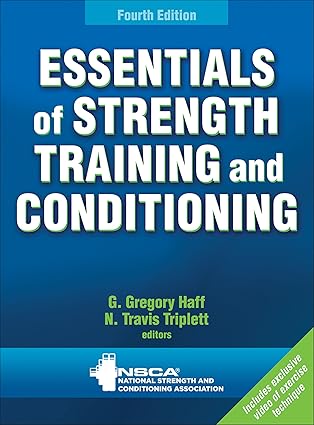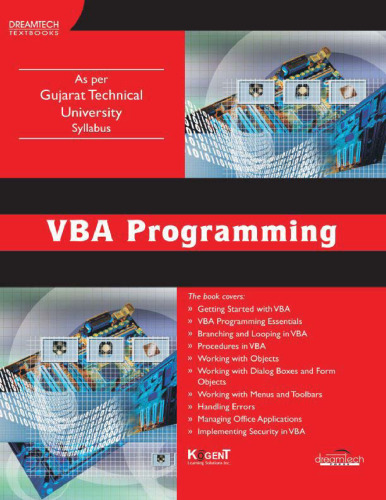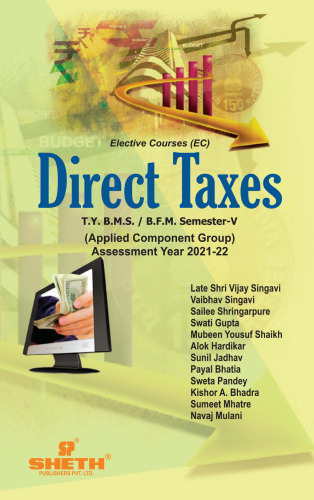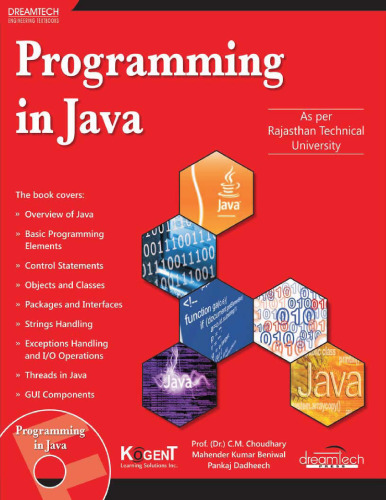Causality is central to the understanding and use of data. Without an understanding of cause effect relationships, we cannot use data to answer questions as basic as, “Does this treatment harm or help patients?” But though hundreds of introductory texts are available on statistical methods of data analysis, until now, no beginner-level book has been written about the exploding arsenal of methods that can tease causal information from data.
Causal Inference in Statistics fills that gap. Using simple examples and plain language, the book lays out how to define causal parameters; the assumptions necessary to estimate causal parameters in a variety of situations; how to express those assumptions mathematically; whether those assumptions have testable implications; how to predict the effects of interventions; and how to reason counterfactually. These are the foundational tools that any student of statistics needs to acquire in order to use statistical methods to answer causal questions of interest.
This book is accessible to anyone with an interest in interpreting data, from undergraduates, professors, researchers, or to the interested layperson. Examples are drawn from a wide variety of fields, including medicine, public policy, and law; a brief introduction to probability and statistics is provided for the uninitiated; and each chapter comes with study questions to reinforce the readers understanding.
چکیده فارسی
علت در درک و استفاده از داده ها نقش اساسی دارد. بدون درک روابط علت و معلولی، نمیتوانیم از دادهها برای پاسخ دادن به سؤالات اساسی مانند «آیا این درمان به بیماران آسیب میزند یا کمک میکند؟» استفاده کنیم؟ اما اگرچه صدها متن مقدماتی در مورد روشهای آماری تجزیه و تحلیل دادهها در دسترس است، تا به حال، هیچ کتابی در سطح مبتدی درباره زرادخانههای در حال انفجار روشهایی که بتواند اطلاعات علی را از دادهها به چالش بکشد، نوشته نشده است.
استنتاج علی در آمار این شکاف را پر میکند. با استفاده از مثالهای ساده و زبان ساده، این کتاب نحوه تعریف پارامترهای علی را بیان میکند. مفروضات لازم برای تخمین پارامترهای علّی در شرایط مختلف؛ چگونه می توان آن فرضیات را به صورت ریاضی بیان کرد. آیا این مفروضات دارای پیامدهای قابل آزمایش هستند یا خیر. چگونگی پیش بینی اثرات مداخلات؛ و چگونه بر خلاف واقع استدلال کنیم. اینها ابزارهای اساسی هستند که هر دانشجوی آمار برای استفاده از روش های آماری برای پاسخ به سؤالات علّی مورد علاقه باید به دست آورد.
این کتاب برای هر کسی که به تفسیر دادهها علاقه دارد، از دانشآموختگان، اساتید، پژوهشگران، یا افراد غیرمتخصص علاقهمند در دسترس است. نمونههایی از رشتههای مختلف، از جمله پزشکی، سیاستهای عمومی، و قانون استخراج شدهاند. مقدمه ای کوتاه در مورد احتمالات و آمار برای افراد ناآشنا ارائه شده است. و هر فصل همراه با سؤالات مطالعه است تا درک خوانندگان را تقویت کند.
ادامه ...
بستن ...










